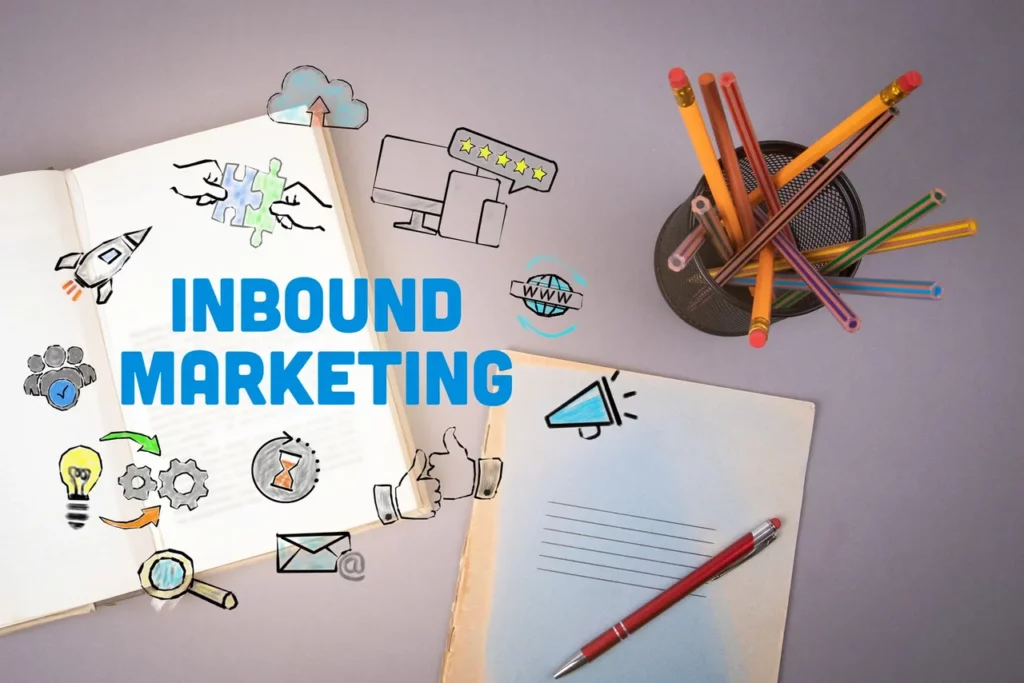Inbound and outbound are not categorizations of the types of marketing. Instead, these are significant strategies used by marketers. They represent a kind of cultural shift in the concept of how marketing might work across different channels. Each is impactful and helps run measurable marketing campaigns.
Along with these, one should also follow the latest marketing trends to channel efforts in the right direction. This can help ensure a positive impression and influence buyer decisions. If you are unsure about what inbound and outbound techniques mean, read on.
Inbound Marketing
This is a method of growing your organization through lasting and meaningful relationships with prospects and consumers by empowering them to reach their goals in three ways: attract, engage and delight, according to HubSpot. Marketers create valuable experiences, which customers naturally seek out, without making an effort to specifically try to sell the business to the target audience. In the “attract” phase, your brand is focusing on attracting the target audience through social media posts, blog posts, and generally producing quality content that will be seen by potential customers. The goal is to attract those who will become not only customers, but advocates for your brand. In the “engage” phase, you want to create lasting relationships with the customers you attracted. This could mean using email marketing, or making sure that all customer service calls are handled in a way that will build brand trust with the customer. Essentially, you want to ensure that your brand is providing value to the customer. Finally, the “delight” phase ensures that the customer remains happy and satisfied long after their purchase is complete. For example, marketing automation tools can help your brand send out well-timed customer satisfaction surveys, so the customer feels listened to. Marketing tools like automation software, content platforms, web analytics tools and web crawling tools are recommended for all businesses, big and small, to keep you in touch with your audience, according to an article by AMA New Jersey.
To summarize, inbounding marketing content is not salesy, yet positioned in such a way that it engages and attracts prospects. It can include viral videos, eBooks, social media campaigns, topical blogs and SEO-optimized websites. It does not push itself before the audience but creates high-quality materials that automatically pull in customers.
Outbound Marketing
This is the traditional method, which works on the pillars of “interruption” and “push.” It includes radio, print, direct mail, newspapers, magazine ads, TV, and billboards, all of which are known to force themselves on the audience, whether they want it or not, according to Outbrain. These strategies take time and effort, but can be extremely helpful in generating leads, and attracting and engaging customers.
For example, even if you have no plans to buy a kitchen appliance, you still might prefer one brand over another, due to the extensive advertising that is constantly shown to you, even taking place without your knowledge. In fact, outbound marketing ads are hardly educational or specific, yet because of their constant presence, they build a steady relationship with the potential buyer base.
As a smart marketer, it is crucial to put both strategies to their best use. This will help you cater to different kinds of audiences. When done right, both inbound and outbound marketing can help generate sales and start a conversation about your brand.
Author: Matt Gorzynski


